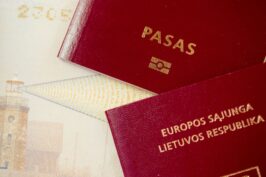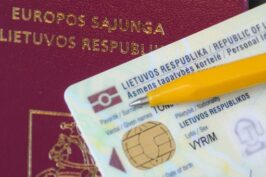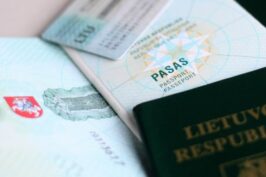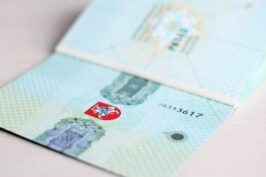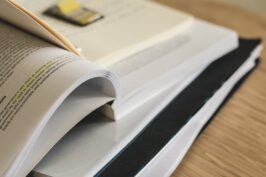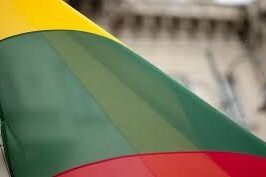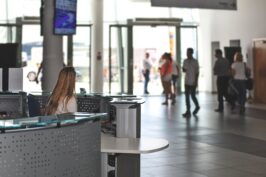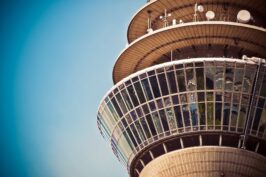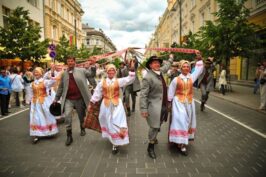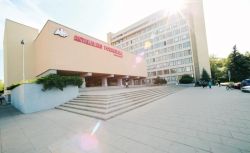- Home
- 12 Most Frequently Asked Questions About Lithuanian Citizenship Restoration by Descent
12 Most Frequently Asked Questions About Lithuanian Citizenship Restoration by Descent

12 Most Frequently Asked Questions About Lithuanian Citizenship Restoration by Descent
If you are looking for answers to the 12 Most Frequently Asked Questions About Lithuanian Citizenship Restoration by Descent, you are in the right place. This article on the 12 Most Frequently Asked Questions About Lithuanian Citizenship Restoration by Descent will help you better understand the process, benefits, and steps involved. This comprehensive guide covers the essential information about restoring Lithuanian citizenship by descent, including eligibility criteria, required documents, dual citizenship rules, timelines, and legal support.
Restoring Lithuanian citizenship by descent offers many benefits for people with Lithuanian roots, including access to European Union rights and opportunities. Understanding the process of Lithuanian citizenship restoration (Reinstatement of Lithuanian citizenship) is key to successfully reclaiming your citizenship.
If you’re unsure where to begin, these 12 Most Frequently Asked Questions About Lithuanian Citizenship Restoration by Descent will give you a clear starting point.
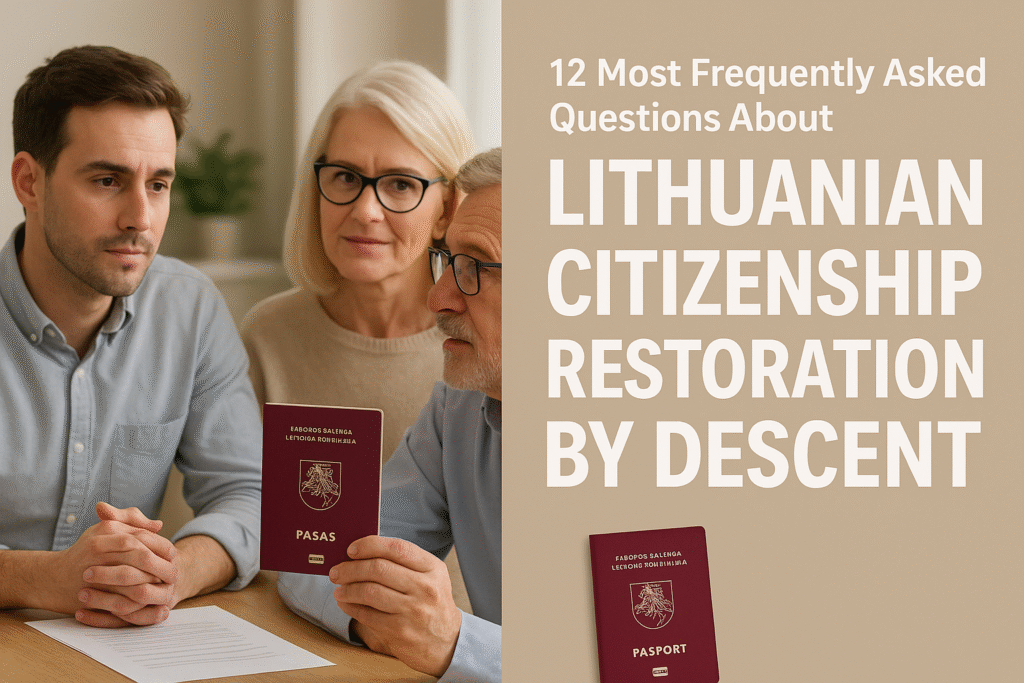
1. Who is eligible for Lithuanian citizenship restoration by descent?
You may qualify if you can prove that your parent, grandparent, or great-grandparent was a Lithuanian citizen before June 15, 1940.
To be eligible for dual citizenship, you must also prove that you or your ancestor left Lithuania before March 11, 1990, or were forcibly removed due to war, occupation, or deportation.
2. Can I apply for Lithuanian citizenship restoration if my ancestor left Lithuania due to war or persecution?
Yes. As explained in these 12 Most Frequently Asked Questions About Lithuanian Citizenship Restoration by Descent, those whose ancestors left Lithuania due to war, the Holocaust, Soviet deportation, or political persecution are often eligible.
3. What documents are needed for Lithuanian citizenship restoration by descent?
To apply for Lithuanian citizenship restoration, you will need documents proving your ancestor’s Lithuanian citizenship, such as passports, ID cards, military documents, or census records. Additionally, birth and marriage certificates are required to establish family links. For dual citizenship eligibility, documents confirming the date of departure or deportation are also necessary.
4. Do I need to speak Lithuanian or live in Lithuania to apply for citizenship restoration?
No, there are no language or residency requirements to apply for Lithuanian citizenship restoration by descent.
5. Can I keep my current citizenship when restoring Lithuanian citizenship?
In most cases, yes. Lithuania allows dual citizenship when restoring citizenship lost due to occupation-related reasons.
To qualify, you must prove that your ancestor held Lithuanian citizenship before June 15, 1940 and left Lithuania before March 11, 1990, or was deported during the Nazi or Soviet occupation.

6. How long does the Lithuanian citizenship restoration process take?
The timeframes discussed in these 12 Most Frequently Asked Questions About Lithuanian Citizenship Restoration by Descent are based on typical cases and may vary. The application process usually takes between 6 and 12 months, depending on the complexity of the case and the availability of documents.
7. What if I don’t have original Lithuanian documents?
If you lack original documents, you can request help from Lithuanian or related archives.
Our team at Migration Law Center can help you with the archival search, document analysis, and evidence collection if needed.
8. What if my ancestor’s name was changed or spelled differently?
Name changes or different spellings due to immigration or language differences (e.g., Yiddish, Hebrew, Cyrillic) are common. Submit supporting documents explaining these changes when applying for citizenship restoration.
9. Can I apply for Lithuanian citizenship restoration from abroad?
You can apply from abroad through the Lithuanian embassy or consulate in your country.
Applications must be submitted via Lithuania’s online system Migris, and original documents are later presented in person during an appointment at the Migration Department or consulate.
You can complete the process yourself or authorize a legal representative to act on your behalf.
10. Should I hire a lawyer for Lithuanian citizenship restoration?
You can apply on your own, but legal support is often helpful — especially in cases with missing records, complex family histories, or if you’re seeking dual citizenship. Lawyers experienced in Lithuanian citizenship restoration by descent can provide valuable guidance.
At Migration Law Center, we guide clients through every step, including document preparation, translation, and legal representation.
Many of the 12 Most Frequently Asked Questions About Lithuanian Citizenship Restoration by Descent involve legal complexities where professional assistance is useful.
11. How much does it cost to restore Lithuanian citizenship?
The official government fee (state fee) for submitting the citizenship restoration application is €120.
If you choose to work with legal professionals, service fees vary depending on the complexity of the case, the documents involved, and the level of support you need.
It’s important to choose experienced professionals who can handle archive research, translations, and legal submissions to ensure a smooth process.
12. Can Lithuanian citizenship be passed on to children after restoration?
Yes. If you restore Lithuanian citizenship, your children born after you officially become a Lithuanian citizen may acquire citizenship by birth. Citizenship is not automatically passed to children born before your restoration.
Following this 12 Most Frequently Asked Questions About Lithuanian Citizenship Restoration by Descent guide will help you understand the process and requirements. If you need assistance, legal experts in Lithuanian citizenship restoration can support you every step of the way.
Need help?
Contact our team at Migration Law Center for professional assistance with restoring Lithuanian citizenship. We work with clients from the US, Israel, South Africa, and beyond — making the process clear and efficient.

